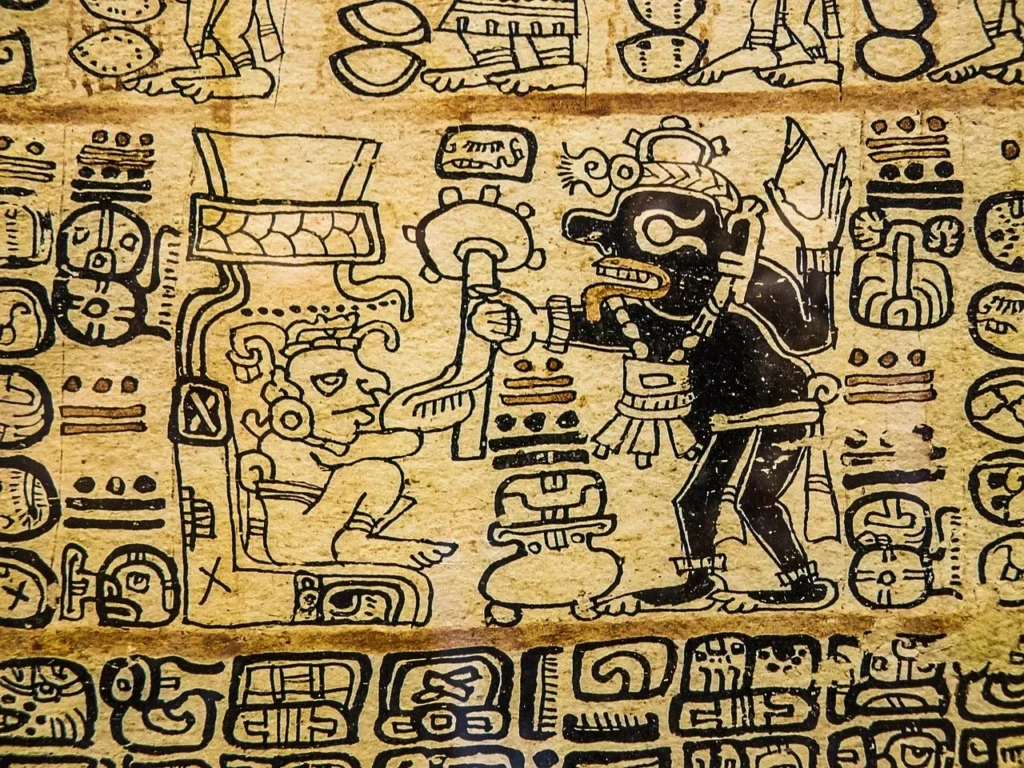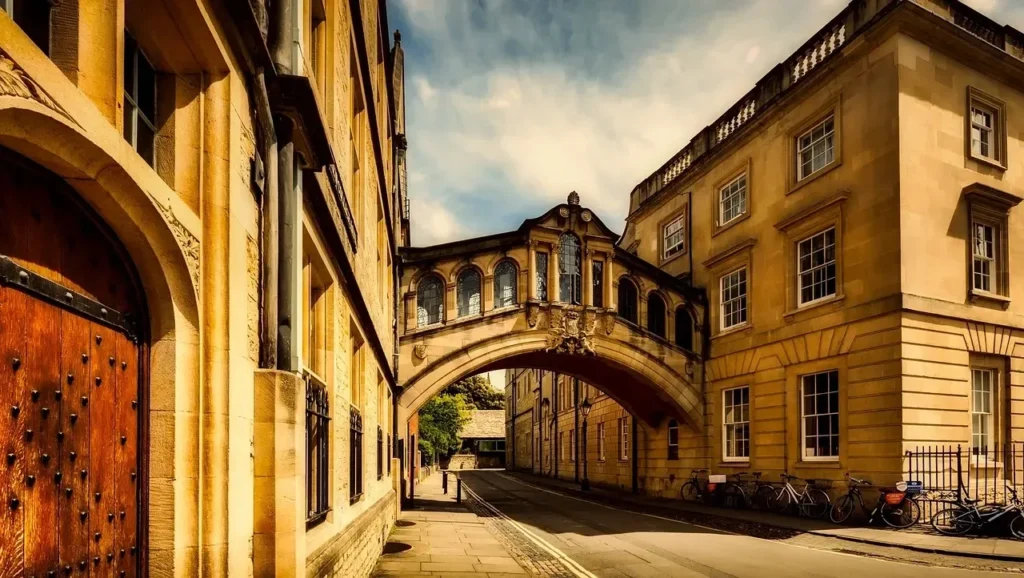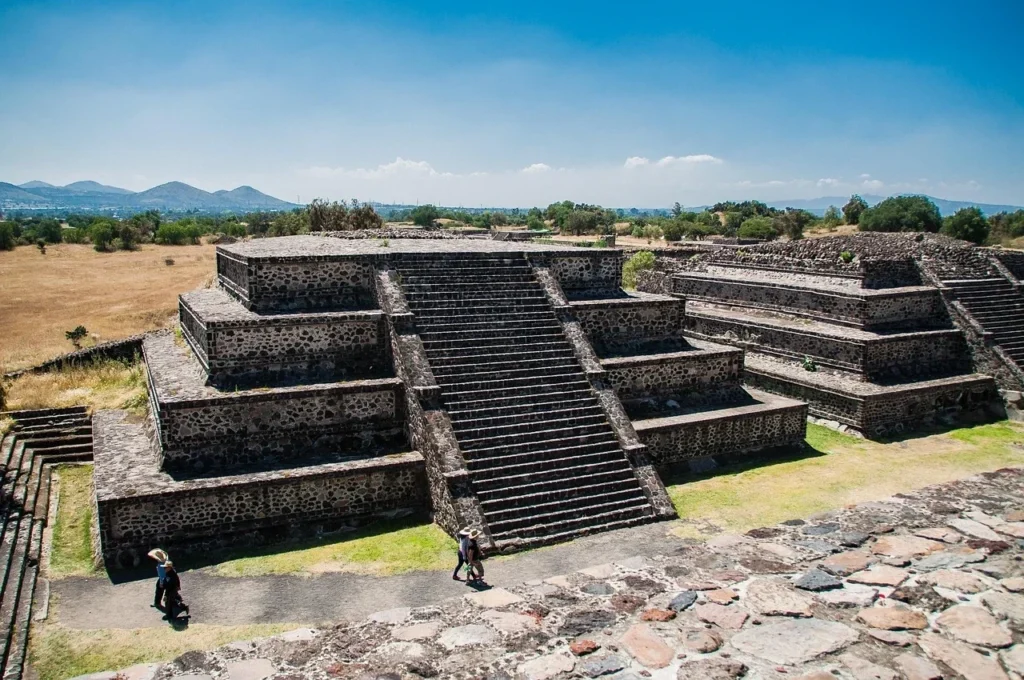Oxford Older than Aztec Empire
In the grand tapestry of human history, certain facts stand out not just for their intrinsic interest, but for their ability to reframe our understanding of time and parallel developments across the globe. One such compelling historical juxtaposition is the remarkable truth that the University of Oxford, a beacon of academic excellence, is older than the Aztec civilization. This assertion often elicits surprise, challenging conventional perceptions of ancient civilizations and venerable institutions. It’s a testament to the deep roots of intellectual pursuit in the Old World, flourishing centuries before the formal establishment of one of the New World’s most powerful empires. The notion that is not merely a historical trivia point it’s a profound illustration of divergent historical trajectories and the rich, complex timelines that define our shared past.
This article will delve into the historical timelines of both the Is Oxford University Older than the Aztec Empire civilization, meticulously tracing their origins, growth, and significant milestones. By placing these distinct entities in a broader global context, we aim to illuminate the fascinating temporal disparities that exist when comparing developments across continents. We will explore the early, often informal, beginnings of Oxford, its gradual institutionalization, and its enduring legacy. Concurrently, we will examine the migratory journey of the Mexica people, their eventual settlement, and the founding of Tenochtitlán, the heart of the Aztec Empire. Through this comparative lens, we seek to provide a professional, Narrative that not only highlights the fact that oxford university older than the aztec but also enriches our appreciation for the diverse historical paths taken by humanity.

How old is Oxford University compared to history?
The Is Oxford University Older than the Aztec Empire, renowned globally for its academic prowess and historical significance, boasts a lineage that stretches back to a time when much of Europe was still emerging from the early Middle Ages. While the exact founding date remains shrouded in the mists of time, historical records confirm that teaching was taking place in Oxford as early as 1096. This informal yet vibrant intellectual activity laid the groundwork for what would become one of the world’s most prestigious universities. It is this early establishment that firmly places the University of Oxford in a historical context that predates many significant global developments, including the rise of the Aztec civilization.
The true catalyst for Oxford’s rapid growth and formalization arrived in 1167, when King Henry II, embroiled in a dispute with Thomas Becket, Archbishop of Canterbury, banned English students from attending the University of Paris. This decree inadvertently channeled a significant influx of scholars and students to Oxford, transforming it from a nascent academic hub into a burgeoning center of learning. The increased demand for education fostered the development of more structured teaching methodologies and administrative frameworks. By 1249, the university had evolved to a point where students were not only studying but also residing within its precincts, leading to the establishment of its first.
original “halls of residence”: University, Balliol, and Merton Colleges. These early colleges were pivotal in shaping the collegiate system that defines Oxford to this day, providing both accommodation and a structured academic environment for its scholars. The enduring legacy of Oxford, therefore, is not just in its age, but in its continuous evolution as a center of intellectual inquiry and its profound influence on global thought and leadership. This deep historical foundation underscores why the statement that is so compelling.

When did the Aztec Empire rise in Tenochtitlan?
In stark contrast to the gradual, organic development of Oxford University in medieval Europe, the Aztec civilization, or more accurately, the Mexica people, embarked on a journey of migration and eventual empire-building in the New World. Their origins are rooted in the mythical homeland of Aztlan, a place whose exact geographical location remains a subject of scholarly debate, believed by some to be in northern Mexico or the southwestern United States. The Mexica, a Nahuatl-speaking people, were part of a larger group of hunter-gatherer nomads known as the Chichimeca. Their migration southwards into the Valley of Mexico was a protracted affair, spanning approximately two centuries.
Is Oxford University Older than the Aztec Empire It is believed that the Mexica arrived in the fertile Valley of Mexico around 1250 CE, a region already populated by established city-states. For decades, they lived as subordinates, often serving as mercenaries for more powerful groups. However, their destiny changed dramatically with the legendary founding of their capital city, Tenochtitlán. According to Aztec legend, the Mexica were guided by their patron deity Huitzilopochtli to settle where they saw an eagle perched on a prickly pear cactus, devouring a snake. This auspicious sign appeared on an island in the western part of Lake Texcoco. In 1325 CE, they officially founded Tenochtitlán, a date widely regarded as the formal beginning of the Aztec civilization. This remarkable feat of urban planning and engineering, transforming a swampy island into a magnificent city, marked the true ascendancy of the Mexica people. The establishment of Tenochtitlán, therefore, occurred more than two centuries after the earliest documented teaching at Oxford, reinforcing the fact that oxford university older than the aztec.
Is Oxford University Older than the Aztec Empire?
The temporal juxtaposition of the “is Oxford University Older than the Aztec?” Empire civilization offers a fascinating study in parallel, yet vastly different, historical trajectories. While Oxford was solidifying its academic foundations and developing its collegiate system, the Mexica were still in the midst of their migratory journey, centuries away from establishing their imperial capital. The fact that oxford university older than the aztec by over 200 years highlights the distinct pace of development in different parts of the world and the unique factors that shaped their respective histories.
Consider the timeline: By 1096, Oxford was already a place of learning. By 1167, it was experiencing significant growth due to royal decree. By 1249, it had established its first colleges. In contrast, the Mexica arrived in the Valley of Mexico around 1250, and Tenochtitlán was founded in 1325. This means that for a significant period, while scholars in Oxford were debating philosophy and theology within established academic structures, the future founders of the Aztec Empire were still nomadic, seeking a permanent home. This temporal disparity is not merely a chronological curiosity; it underscores the diverse paths of human societal and institutional development. The implications of this are profound: it challenges any simplistic linear view of global progress and emphasizes the rich tapestry of human experience unfolding simultaneously across different continents. The persistent truth remains: oxford university older than the aztec.
What global events happened during Oxford’s early years?
Understanding the past often requires placing events in their proper global context, a task that can become particularly intricate when comparing the Old World and the New World. The simultaneous existence of the burgeoning University of Oxford and the migratory Mexica people serves as a powerful reminder that history is not a monolithic narrative but a collection of interconnected, yet independently evolving, stories. While Europe was experiencing the High Middle Ages, characterized by the growth of universities, cathedrals, and nascent nation-states, the Americas were home to complex and sophisticated civilizations with their own unique trajectories. The fact that compels us to consider what else was happening concurrently across the globe.
For instance, during the 11th and 12th centuries, when Oxford was taking shape, the Crusades were in full swing in the Middle East, the Song Dynasty was flourishing in China, and the Great Zimbabwe was rising in Southern Africa. As the Mexica were establishing Tenochtitlán in the 14th century, Europe was grappling with the Black Death, the Hundred Years’ War was underway, and the Renaissance was beginning to blossom in Italy. These parallel developments, though geographically disparate, were all part of the larger human story, each influenced by their unique environmental, social, and political landscapes. The comparison of Oxford and the Aztecs, therefore, is not about asserting superiority or inferiority, but about appreciating the incredible diversity of human achievement and the varied timelines on which these achievements unfolded. It is a stark reminder that oxford university older than the aztec is a fact that encourages a more nuanced and interconnected understanding of world history.

Which are the world’s oldest universities besides Oxford?
While the University of Oxford holds the distinction of being the oldest university in the English-speaking world, its venerable age is surpassed by other institutions globally. This further contextualizes the narrative and provides a broader perspective on the history of higher education. The ultimate prize for the oldest continuously operating university goes to the University of Al-Qarawiyyin, located in Fes, Morocco. Founded in 859 CE by a woman named Fatima al-Fihri, Al-Qarawiyyin predates Oxford by over two centuries and stands as a testament to the rich intellectual traditions of the Islamic world. This fact further emphasizes the point that is a significant comparison, but not the ultimate benchmark of age in global academia.
Other ancient universities around the world also contribute to this rich tapestry of educational history. The University of Bologna in Italy, founded in 1088, is often cited as the oldest university in the Western world, slightly predating Oxford’s formal establishment. These institutions, each with their unique histories and contributions, collectively highlight the long-standing human quest for knowledge and organized learning. They serve as enduring symbols of intellectual curiosity and the power of education to shape societies across millennia. The continued existence and influence of these ancient universities, including Oxford, underscore the profound impact of sustained intellectual endeavor. The fact that oxford university older than the Aztec is a powerful statement about the longevity of academic institutions.
Conclusion: A Timeless Perspective on History
The assertion that the University of Oxford is older than the Aztec civilization is more than just a historical curiosity; it is a powerful lens through which to view the complexities of global history. This seemingly simple fact, that oxford university older than the aztec, unravels a narrative of divergent timelines, parallel developments, and the rich tapestry of human civilization across continents. We have explored Oxford’s deep roots, tracing its evolution from informal teaching in 1096 to the establishment of its collegiate system by 1249. Simultaneously, we have journeyed with the Mexica people, from their mythical homeland of Aztlan, through centuries of migration, to the monumental founding of Tenochtitlán in 1325.
This comparative analysis reveals that while one institution was steadily building its academic legacy in Europe, a vibrant civilization was still in its formative stages in the Americas. The temporal gap, where oxford university older than the aztec by over two centuries, serves as a potent reminder that historical progress is not uniform and that different societies follow unique paths shaped by their distinct circumstances. By contextualizing these events within broader global developments, we gain a more nuanced understanding of the interconnectedness of human history, even when seemingly disparate events unfold across vast distances. The enduring legacy of Oxford and the remarkable achievements of the Aztec civilization, though separated by time in their formal beginnings, both stand as testaments to humanity’s capacity for innovation, organization, and the pursuit of knowledge. The simple yet profound truth that oxford university older than the aztec invites us to continually re-examine our historical perspectives and appreciate the multifaceted nature of our shared past. This enduring historical fact, that oxford university older than the aztec, truly highlights the diverse timelines of human civilization.
Ultimately, the fact that oxford university older than the aztec serves as a compelling historical anchor, prompting us to consider the vast and varied timelines of human development.
